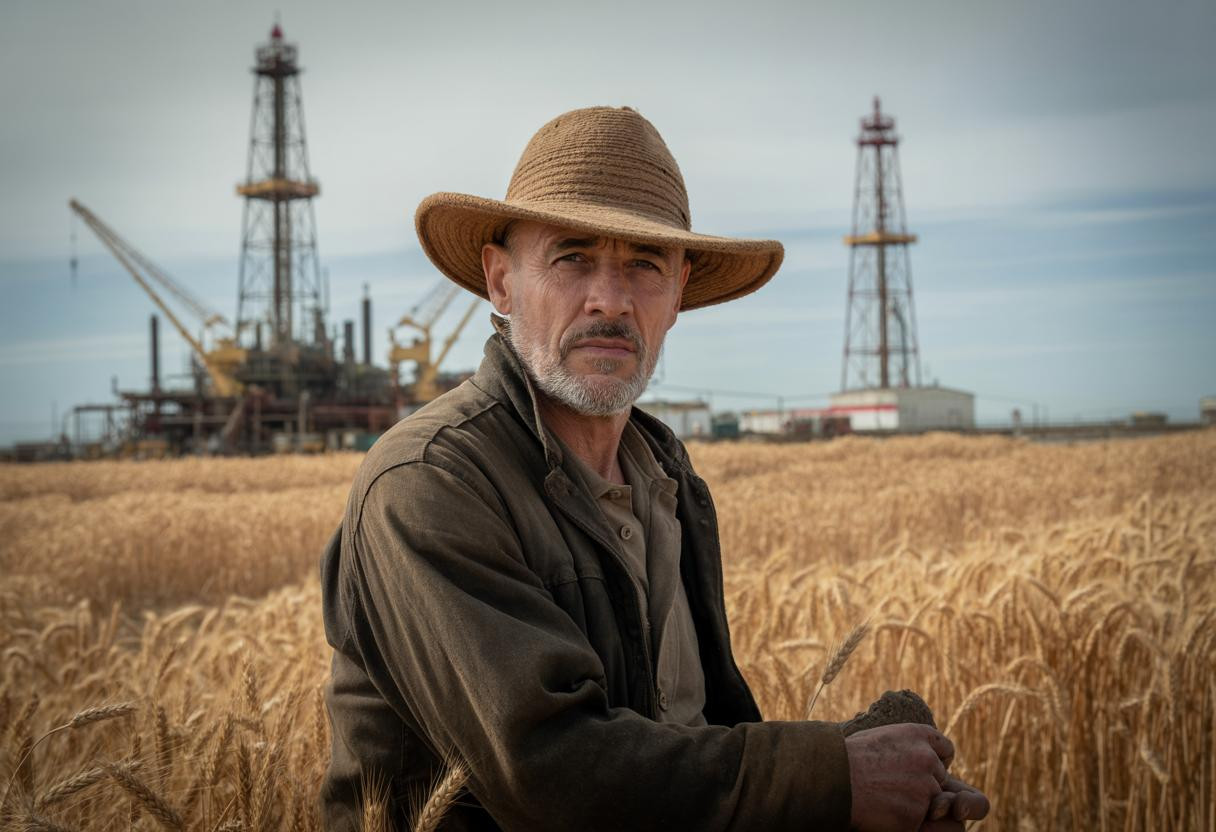When oil was discovered beneath the frozen prairies of North Dakota, it didn’t just create jobs—it turned ordinary farmers and small-town residents into overnight millionaires. In less than a decade, tiny communities with populations under 2,000 saw their economies explode by over 3,000%, creating wealth stories that sound almost too incredible to be true.
The Bakken boom transforms forgotten prairie towns
The Bakken shale formation stretches across western North Dakota, containing an estimated 7.4 billion barrels of recoverable oil. When horizontal drilling and hydraulic fracturing technologies matured in the mid-2000s, this geological treasure trove became accessible for the first time.
What happened next defied every economic prediction. Williston’s population surged from 15,000 to 29,000 in under a decade. Watford City exploded from 1,435 residents in 2000 to over 10,000 by 2015. These weren’t gradual growth patterns—they were economic eruptions that transformed entire communities overnight.
“The oil industry generated $48.8 billion in gross business volume in 2023 alone, accounting for over 30% of North Dakota’s entire economic activity,” according to recent state economic data.
Individual wealth stories that defy belief
Farmers become accidental oil barons
Tom Anderson, a third-generation wheat farmer near Tioga, went from struggling to pay property taxes to earning $12,000 monthly from mineral lease payments. His 160-acre farm sits above a particularly rich oil deposit, and drilling companies competed fiercely for access rights.
Similar stories emerged across the region. Farmers who had never seen annual incomes above $40,000 suddenly found themselves receiving lease bonuses of $500-800 per acre, plus monthly royalty payments that often exceeded their previous yearly earnings.
Small business owners strike gold
RV park owners became unexpected beneficiaries of the boom. With housing shortages reaching crisis levels, temporary accommodations commanded premium prices. One Williston RV park owner reported earning $800 per month per site—rates that transformed modest campgrounds into goldmines.
Local restaurants, equipment suppliers, and service businesses saw revenues increase by 400-600% as oil workers with substantial paychecks flooded these previously quiet communities. However, this rapid wealth creation came with significant social costs, including housing displacement and cultural tensions that mirror challenges faced by small town governance challenges in other resource-dependent communities.
The hidden costs of instant prosperity
While wealth flowed rapidly into these communities, the social fabric began showing strain. Housing costs skyrocketed, forcing longtime residents from their homes through eviction rates that doubled in some areas. The influx of predominantly male oil workers created gender imbalances and safety concerns, particularly affecting Indigenous communities.
Mental health services became overwhelmed. Traditional community structures struggled to adapt to populations that sometimes tripled within 18 months. Many residents found themselves wealthy on paper but displaced from communities they no longer recognized.
Economic sustainability faces major questions
The 2014 oil price crash provided a sobering reality check. Production plummeted, unemployment spiked, and many newly wealthy individuals discovered their fortunes were tied to volatile commodity markets. Towns that had been planning massive infrastructure projects suddenly faced budget shortfalls and population exodus.
North Dakota’s Legacy Fund, designed to save oil revenues for future generations, now holds over $6 billion. However, many communities remain vulnerable to price fluctuations, lacking the economic diversification strategies employed by more sustainable rural areas, such as those implementing unconventional revenue generation in small towns.
Lessons for future resource booms
The North Dakota experience offers crucial insights for managing sudden wealth. Successful individuals invested in education, diversified assets beyond oil, and maintained connections to agricultural roots. Communities that thrived long-term implemented strict zoning regulations, invested in permanent infrastructure, and created economic development funds.
The most important lesson: sustainable wealth requires planning beyond the boom. Those who treated oil revenues as temporary windfalls rather than permanent lifestyle changes fared better during inevitable downturns.
The transformation continues today
Despite price volatility, North Dakota’s oil industry continues generating enormous wealth. Current production exceeds 1.2 million barrels daily, supporting over 63,000 jobs and contributing more than 50% of state tax revenues. The question remains whether these transformed communities can build lasting prosperity or will face the boom-and-bust cycles that have defined resource economies throughout American history.
